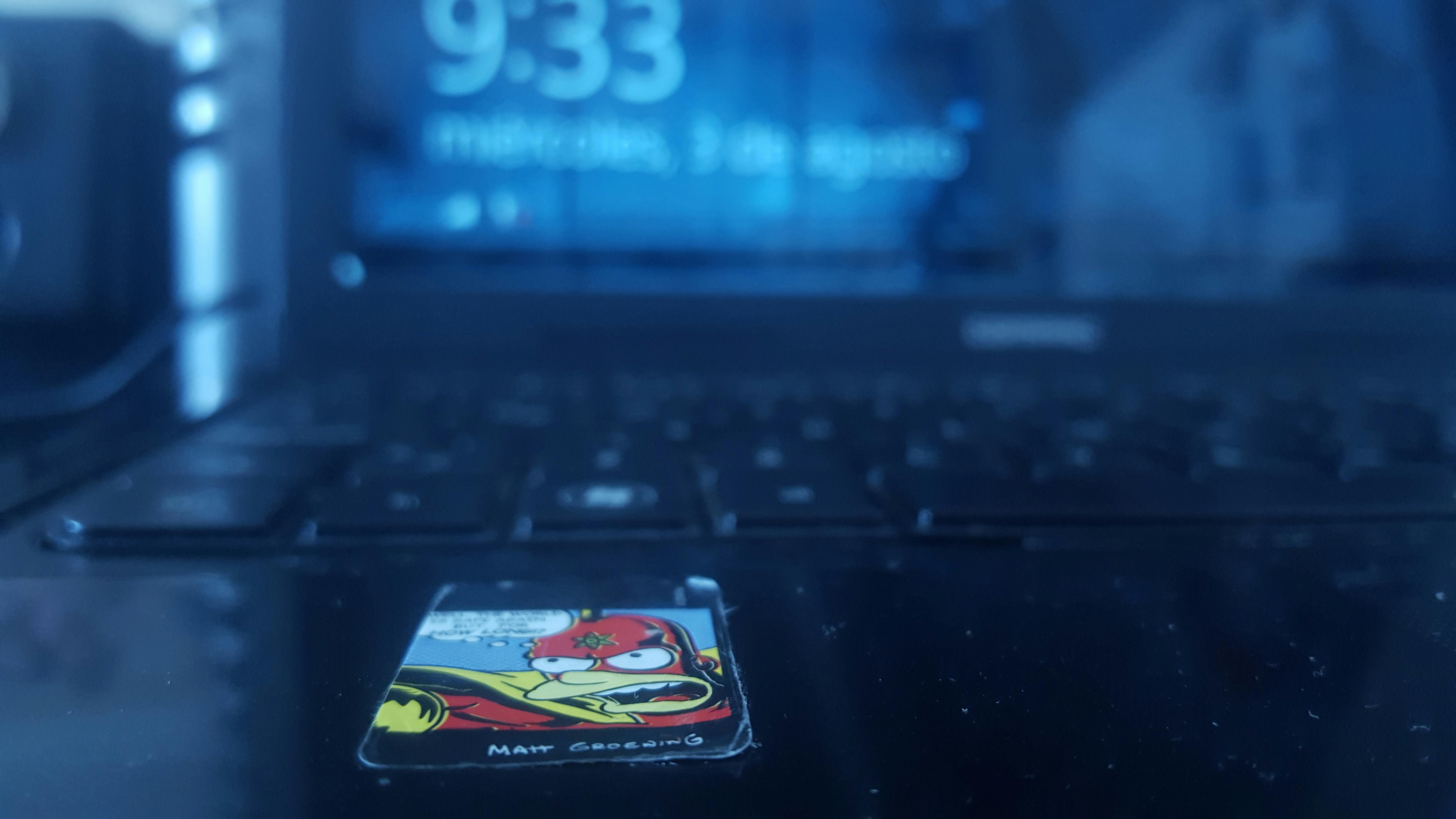Using our natural resources wisely is never a bad thing, which is why many businesses and consumers have begun to look at the coal-to-liquid process as a way to curb both high gas prices and environmental pollution. While the fuel itself may not be a naturally occurring substance, coal is, and turning it into something we can all use will be beneficial to both our wallets and our ecosystem. Learning more about the coal-to-liquids process is essential for it to rise in popularity and therefore have a chance to become the next way to power our cars.
Coal can be turned into liquid fuel in a number of ways. Indirect liquefaction is just one way to do it. It requires the coal to be first converted to synthesis gas, hereafter referred to as syngas. It is made up of hydrogen and carbon monoxide, and is less dense than natural gas. The syngas then needs to be converted to liquid fuel, and there are two ways to do that. The Fischer-Tropsch process is the most popular method of indirect liquefaction. This procedure begins by removing any impurities from the syngas, such as sulfur and mercury, and then further filtering the gas so that the product is contamination-free gasoline or diesel.
Another indirect liquefaction method is the Mobil process, which involves natural gas first being changed to syngas, which is then changed to methanol. The product dehydrates and becomes a liquid gas. The name of the process may sound familiar; this method was created by Mobil in the 1970s as an alternative to the Fischer-Tropsch process. However, there is another possible way for coal to be turned into liquid fuel.
Direct liquefaction is the other way to turn coal into a liquid and mainly involves removing the carbon naturally found within the coal and replacing it with the hydrogen it lacks. With this method, the carbon comes into direct contact with a catalyst while it is raised to extremely high temperatures. Hydrogen is then introduced into its pressurized environment until a synthetic crude is produced. The product can be filtered and cleaned to create liquid fuel.
Although any of these three processes can be used to turn carbon into a liquid, the most common is the Fischer-Tropsch method. Opponents of this method in particular, and the idea of turning coal into a liquid in general, claim that the process allows a considerable amount of carbon dioxide to enter the atmosphere. It is true that the Fischer-Tropsch method produces carbon dioxide, and that it must be removed from the resulting liquid fuel before it can be called clean fuel and sold on the market. However, experts have found a solution to this potential problem. They propose that carbon dioxide be sequestered during the process, which would mean keeping that particular gas underground. After the coal turns to gas, a cavity is left below the earth’s surface where solid coal once was. The carbon dioxide that leaks from the liquid gas could be stored in this large empty space, ensuring it never reaches the atmosphere.
Despite doubts about coal-to-liquid technology, recent research has found that its benefits outweigh any potential problems with it. The United States currently imports more than half of its oil, and most people would agree that removing our dependence on other countries for energy would be a positive step. Not only would it make gasoline more accessible to the citizens of this country, it would also greatly reduce the cost. Our nation currently has over 250 billion tons of coal, all of which could be used to our advantage when it comes to providing a new source of energy. Several companies are ready to fully convert to the coal-to-liquids process, and are currently outfitting plants around the world in preparation for it to become the primary source of gasoline. Those who have been working with coal to liquids for years are excited about this prospect. All that is left is to educate the public on the ways in which it can benefit everyone.



